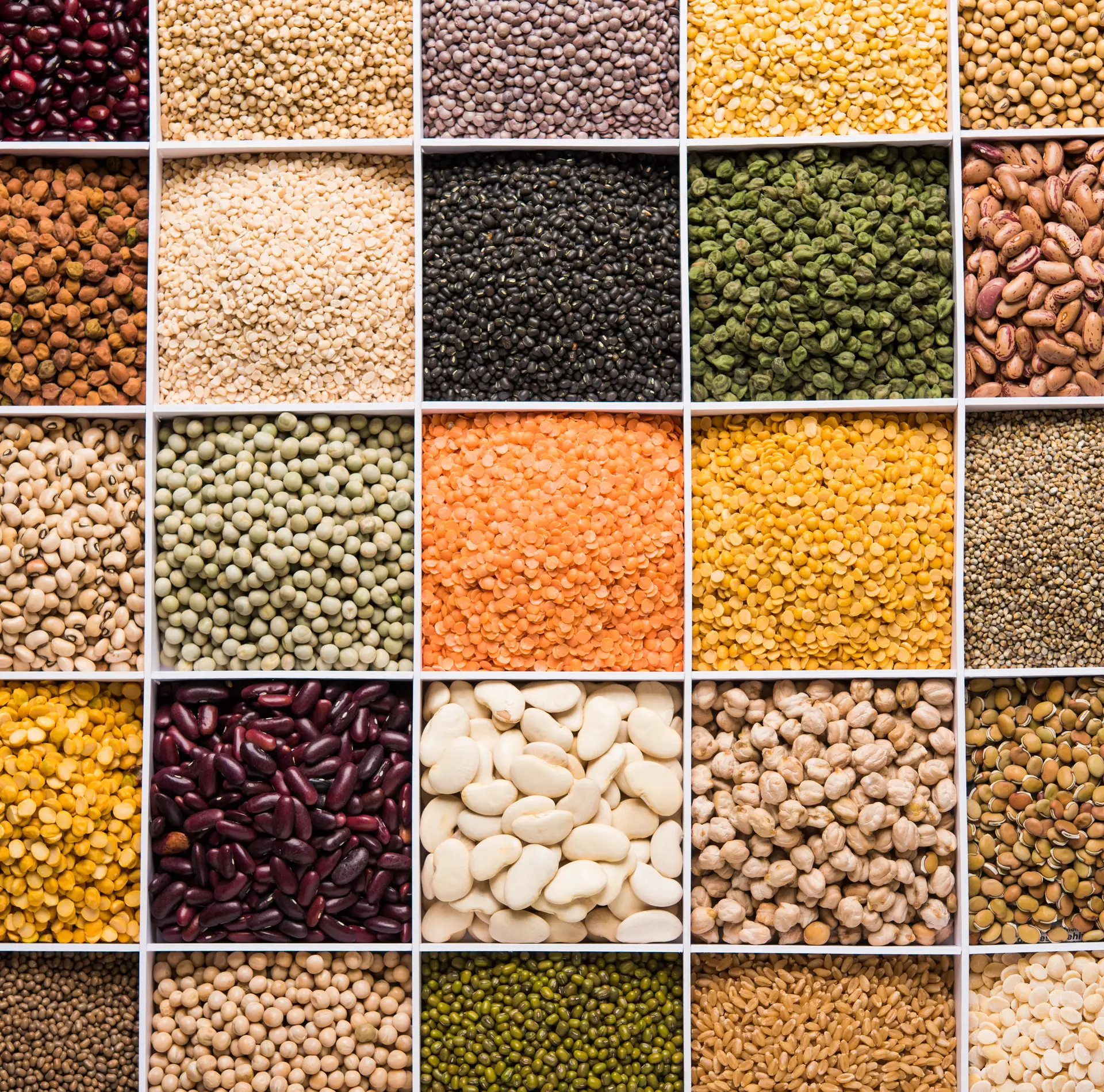Executive Summary
India's recent shift from duty-free imports to imposing tariffs on chickpeas and lentils has created significant ripple effects across global pulse markets. While Australia and Canada experienced sharp export declines in March 2025, the strategic timing of shipments before the duty implementation reveals the sophisticated planning required in international commodity trading. This policy change highlights the interconnected nature of global agricultural supply chains and the critical importance of market intelligence in pulse trading decisions.
The Policy Shift That Moved Markets
India's decision to end its duty-free import regime on March 31, 2025, marked a pivotal moment for global pulse exporters. The country implemented a 10% import duty on chickpeas and levied both a 5% import duty plus an additional 5% agricultural infrastructure cess on lentils. However, India extended the duty-free window for yellow peas until May 31, 2025, while maintaining duty-free status for black matpe and pigeon peas.
This selective approach to import duties demonstrates India's strategic positioning as the world's largest pulse consumer, using trade policy to balance domestic production support with import requirements.
Australia's Strategic Response: A Tale of Two Quarters
Australian exporters demonstrated remarkable agility in response to India's policy timeline. The numbers tell a compelling story of market adaptation:
Chickpea Exports:
- March 2025: 73,783 tonnes (75% decline from February)
- February 2025: 294,333 tonnes (rush to beat the deadline)
- October 2024 - March 2025: 1.4 million tonnes to India alone
The February surge represented a strategic push by Australian exporters to maximize shipments before the duty implementation. December 2024 saw peak exports at 528,238 tonnes, while March exports to India dropped to just 34,100 tonnes as alternative markets became more attractive.
Lentil Performance: Australia's lentil exports showed more resilience, declining only 11% month-on-month to 131,447 tonnes in March. Notably, the UAE emerged as the largest buyer with 36,584 tonnes, surpassing India's 27,200 tonnes – a clear indication of trade flow diversification.
Canada's Market Position: Building for the Future
Canadian pulse exports reflected a different strategic approach. With chickpea exports at 23,233 tonnes and lentil shipments at 81,226 tonnes in March, Canada's focus appears to be on sustainable, diversified market development rather than rushed pre-deadline shipments.
Since August 2024, Canada has exported:
- 1.78 million tonnes of whole and split peas
- 1.52 million tonnes of lentils
- 135,000 tonnes of chickpeas
Canada's 20% increase in pea production for 2024-25, combined with substantial remaining stocks, positions the country as a key player in the evolving global pulse market dynamics.
Market Intelligence in Action
The export patterns reveal sophisticated market intelligence at work. Australian exporters maximized their advantage during the duty-free window, achieving 85% export penetration (1.93 million tonnes of a 2.27 million tonne crop) in just six months. This level of execution requires:
- Real-time policy monitoring and analysis
- Logistics optimization for accelerated shipment schedules
- Strategic inventory management
- Multi-market contingency planning
Regional Trade Flow Shifts
The duty implementation has accelerated trade flow diversification:
New Market Dynamics:
- UAE emerging as a major lentil buyer (36,584 tonnes from Australia in March)
- Pakistan increasing its position in both chickpea (30,750 tonnes) and lentil (23,504 tonnes) imports
- Bangladesh and Sri Lanka maintaining steady import levels
These shifts demonstrate how policy changes in major importing countries create opportunities across regional markets, highlighting the importance of flexible sourcing strategies.
Technology's Role in Modern Pulse Trading
The rapid response to India's policy changes showcases how modern commodity trading relies on:
- Predictive Analytics: Anticipating policy impacts on trade flows
- Real-time Market Intelligence: Tracking regulatory changes across multiple jurisdictions
- Logistics Optimization: Maximizing efficiency during time-sensitive export windows
- Multi-origin Sourcing: Diversifying supply chains to minimize single-country policy risks
Looking Ahead: Market Implications
With Canada holding significant pulse stocks and Australia completing the majority of its chickpea exports, the coming months will likely see:
- Price Pressure: Canadian stocks may create downward price pressure
- Market Rebalancing: Continued diversification away from India-centric trade flows
- Policy Responsiveness: Enhanced focus on real-time policy monitoring and adaptive strategies
For pulse processors and importers, this period reinforces the value of working with trading partners who combine deep market intelligence with operational agility.
Conclusion
India's import duty changes have fundamentally reshaped global pulse trading dynamics, demonstrating how policy decisions in major consuming markets create cascading effects across international supply chains. The divergent responses from Australia and Canada – with Australia's front-loaded strategy versus Canada's steady approach – illustrate different but valid approaches to managing policy-driven market volatility.
For commodity traders and food processors, this episode underscores several critical success factors: the importance of real-time market intelligence, the value of diversified sourcing strategies, and the need for logistics agility in responding to regulatory changes. As global food systems become increasingly interconnected, the ability to rapidly adapt to policy shifts while maintaining supply chain efficiency will increasingly separate market leaders from followers.
The pulse market's evolution over the coming months will provide valuable insights into how agricultural commodity markets adapt to new regulatory realities, making it essential for all stakeholders to maintain sophisticated monitoring and response capabilities.
